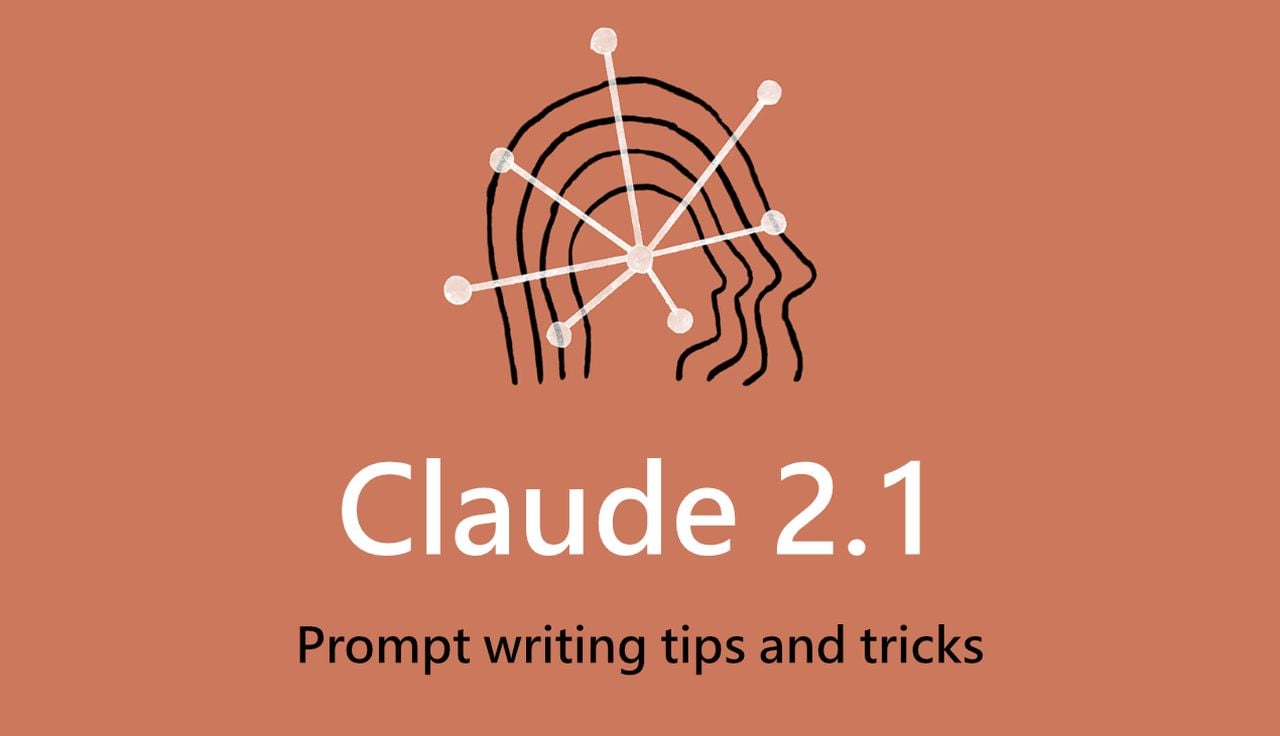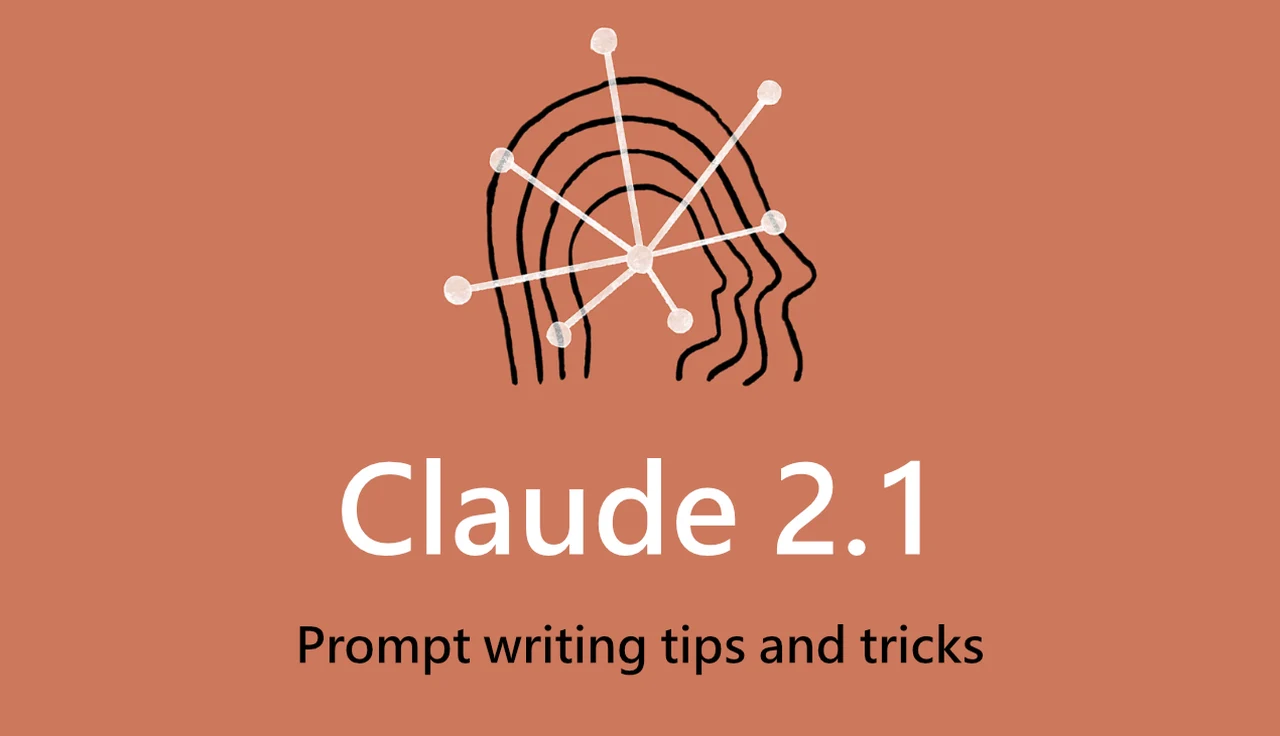
The release of Claude 2.1 has caused some initial concern among writers, particularly due to difficulties in using established techniques from the previous version, Claude 2.0. Users have reported that Claude 2.1 seems less creative and more restrictive, often providing excuses for not generating the expected content.
However, upon further investigation, it appears that the issues may be related to how prompts are structured rather than an inherent problem with the AI’s design. By adjusting the prompting techniques and understanding Claude 2.1’s specific requirements, authors can effectively utilize the AI for their writing projects. The key is to provide detailed background information before asking the AI to perform tasks, which aligns with Claude 2.1’s improved functionalities.
“Claude 2.1 represents an improvement in specific capabilities and performance over Claude 2. With strong accuracy upgrades, double the context window, and experimental tool use features, Claude can handle more complex reasoning and generation while remaining honest and grounded in factual evidence.”
New features
- Claude 2.1’s context window is 200K tokens
- Leverage much richer contextual information to generate higher quality and more nuanced output
- Reduced hallucination and greater reliability via improved honesty
- Expanded context window, unlocking new use cases like longer-form content and RAG
- Early access tool use and function calling for greater flexibility and extended capabilities
- The ability to query and interact with far longer documents & passages
- Improving RAG functionality with more retrieved results
- Greater space for more detailed few-shot examples, instructions, and background information
- Handling more complex reasoning, conversation, and discourse over long contexts
Claude 2.1 is a step forward in the field of AI-assisted writing, but it calls for a refined method of interaction. To get the most out of this tool, users must provide detailed and structured prompts. This requirement for precision doesn’t mean the AI is less capable; it reflects a change in how we must communicate with it to get the best possible outcomes. It is also worth remembering that using Claude 2.1 automatically enables you access to its 200K context window. Although processing prompts close to 200k will take several minutes to complete
Claude 2.1 tips and tricks for writers
Adapting to Claude 2.1 means being open to change. It’s helpful to break writing tasks into smaller, more focused parts, which allows the AI to concentrate and produce more precise content. For instance, rather than asking for a complete article, users could request an outline from Claude 2.1 and then guide it through each section with specific instructions. This step-by-step method can lead to significant improvements in the content generated by the AI.
Here are some other articles you may find of interest on the subject of AI tools for writing and improving your creativity
AI Claude 2.1 prompts
Fortunately, users are not left to figure out these changes on their own. There are numerous guides and resources available to help refine your prompts to match Claude 2.1’s style of operation. These tools are crucial for transforming your interactions with the AI, turning potential challenges into chances for more creative and efficient writing. A few examples are included below to help you get on the right track.
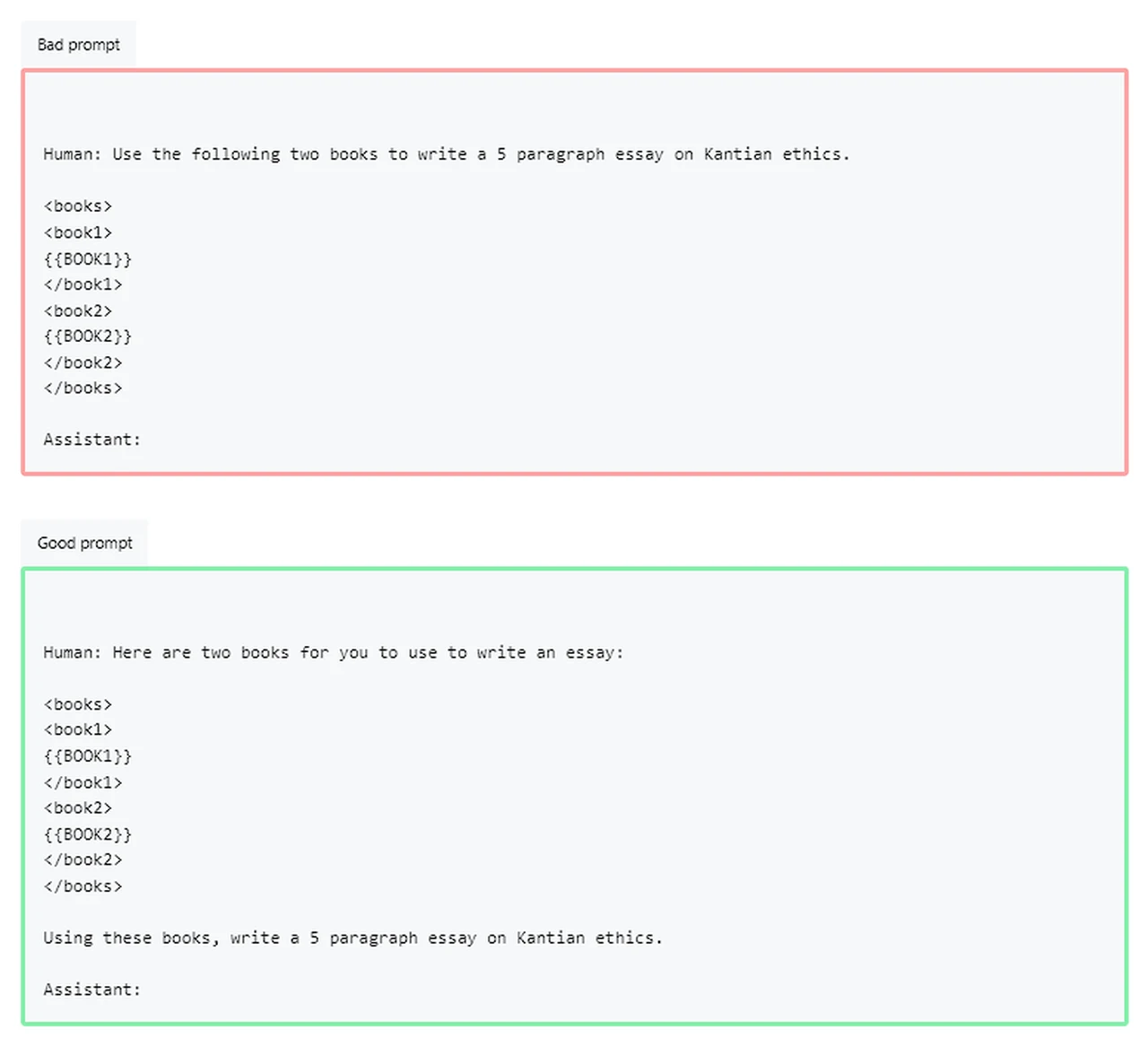
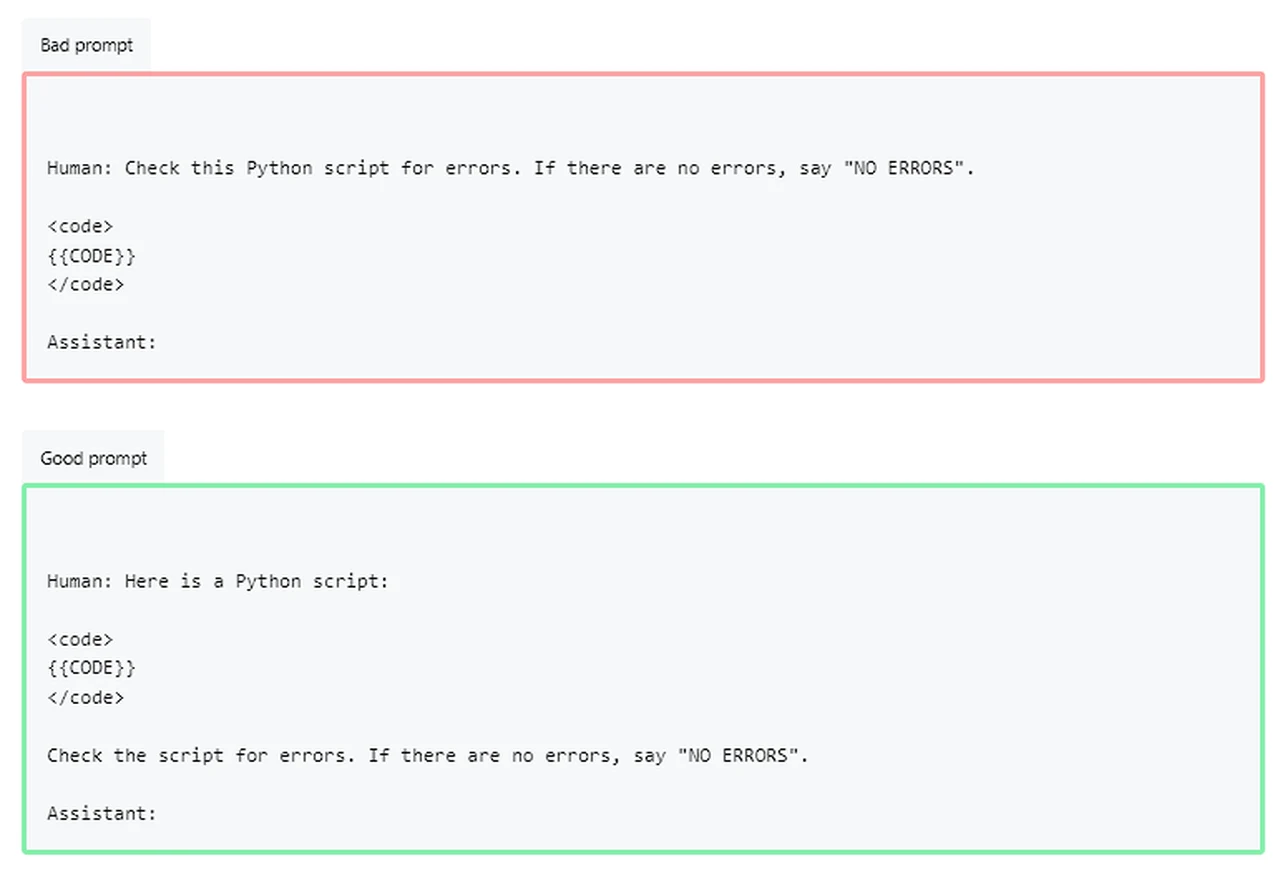
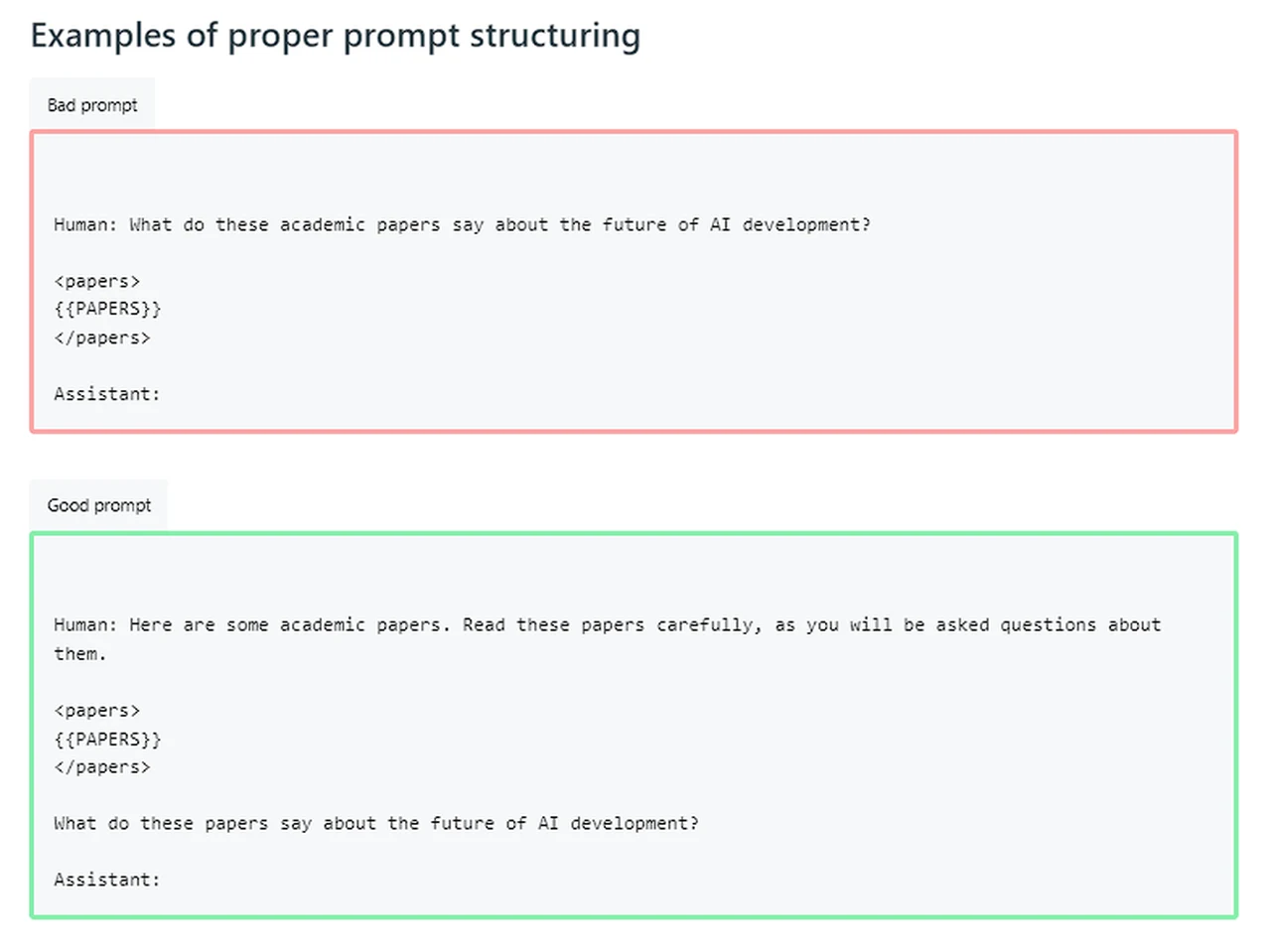
While Claude 2.1 might pose some initial hurdles, the key to unlocking its full potential lies in adjusting your approach to prompting. Embrace the AI’s need for detailed information and structured prompts. Utilize the support materials available, and engage with the community of users. With these strategies, Claude 2.1 can become an indispensable tool in your content creation arsenal.
Filed Under: Guides, Top News
Latest timeswonderful Deals
Disclosure: Some of our articles include affiliate links. If you buy something through one of these links, timeswonderful may earn an affiliate commission. Learn about our Disclosure Policy.

